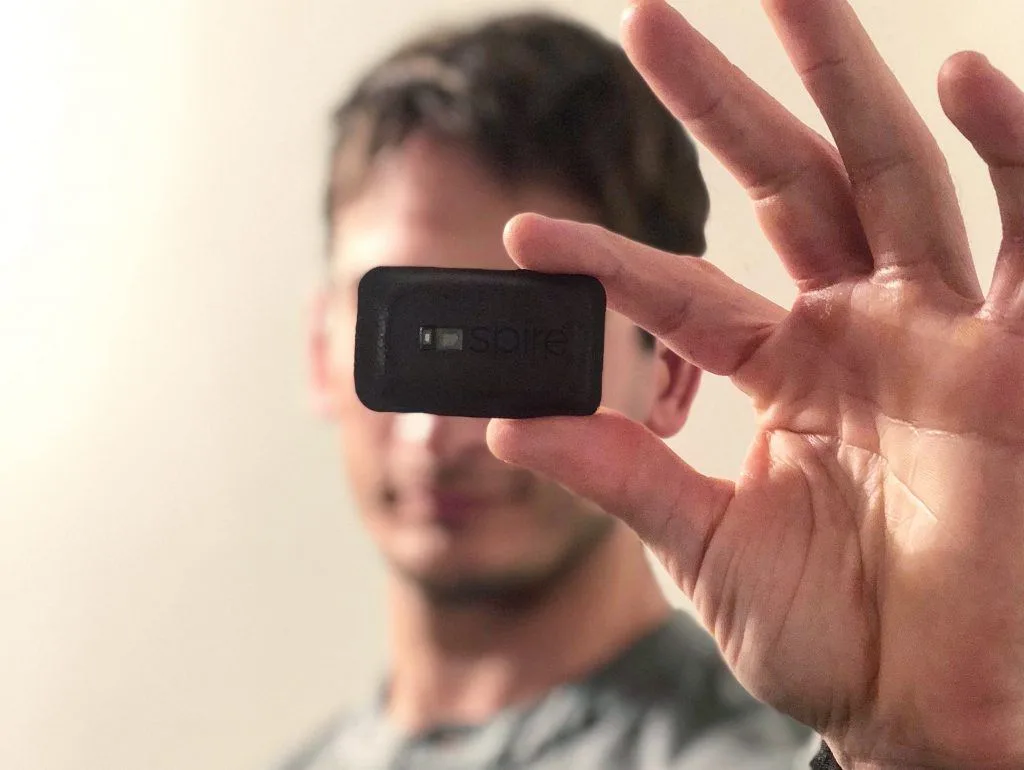Living with pain can be unbearable and debilitating. Especially if you have survived a dreaded disease or accident. A recent study suggests wearable technology in the form of small devices could have a big impact on remote therapy in the future. The pain of childhood cancer does not always go away with the disease. It’s estimated that 40 percent of survivors of childhood cancer live with chronic pain, with 70 percent of that subset reporting pain-related disability.
Using wearable technology to help manage pain
Researchers are constantly looking at ways to better understand non-pharmacological treatments for chronic pain. These include deep breathing exercises, especially those methods which can be delivered digitally. Such innovations would significantly improve access to treatment for people living in remote locations or experiencing reduced mobility.
Nicole Alberts Ph.D., an associate professor of psychology in the Faculty of Arts and Science at Concordia University, led a feasibility pilot study on this topic. The study was published in the journal JCO Clinical Cancer Informatics.
What the study found
The researchers studied whether adult survivors of childhood cancer were willing to use wearable technology to help them monitor their breathing. They also looked at whether a combination of monitoring and deep breathing exercises would help improve survivors’ pain and well-being.
“Digital health uses app-based or web-based interventions that build on evidence-based treatments,” Alberts explains. “A wearable can deliver interventions like deep breathing to people in an easier way.”

Nicole Alberts
But first, she and her colleagues in the United States, Canada and Australia had to see if volunteers would wear them in the first place.
Breath of relief
The team recruited 65 volunteers from participants in the US Childhood Cancer Survivor Study. All were adults who had been diagnosed with cancer when they were younger than 21. They had also received their initial diagnosis more than five years previously, reported chronic pain, understood English and had access to a smartphone and the internet. The volunteers were randomly assigned to either the treatment or the control group. Both were asked to fill out online questionnaires at the beginning and end of the 30-day trial.
Members of the treatment group were given a Spire Stone, a clip-on respiration monitor that can be attached to a waistband or bra, that they wore during waking hours (excluding bathing time). They were also asked to practice short, five-to-8-minute breathing exercises daily.
Measuring breath
The device measures respiration by sensing relative changes in torso expansion and contraction. Depending on readings, the breathing pattern is classified into one of three categories: calm (slower), tense (rapid or erratic) or focused (normal frequency). If a “tense” reading lasts for more than two minutes, participants are sent alerts via the device vibrating or an app push notification reminding them to take deep breaths.
“Our main goal was to answer the question, ‘are wearables acceptable to participants, and is it feasible for them to wear a device daily?’” Alberts says. “But we also wanted to see if there was any preliminary efficacy. Were there any changes in pain and anxiety as well as other outcomes?”
Toward greater improvements in pain and well-being
The researchers observed a high level of participation with only one drop-out, indicating to them that — at an initial level at least — people are willing to use wearable respiration technology and participate in a trial such as this. In terms of outcomes, the researchers found that from pre- to post-treatment, improvement in negative affect was significantly greater in the intervention (wearable) group compared to the control group.
“We also observed some additional changes in outcomes such as pain-related disability, but these were not statistically significant and larger studies are needed to explore these findings further,” Alberts notes.
 Wearable technology is a rapidly expanding therapeutic aid
Wearable technology is a rapidly expanding therapeutic aid
She believes that wearables have potential in expanding useful therapies to patients who may be hard to reach in person or who may have limited access to providers, such as psychologists, who are trained to deliver non-pharmacological treatments for chronic pain.
In closing
Alberts believes, this is one way of getting an intervention out to a lot of people that could be fairly low-cost and low-resource.
“It also bears further investigation to determine if the addition of this kind of intervention to a patient’s in-person or virtual chronic pain treatment would keep them more engaged or potentially result in even greater improvements in pain and well-being.”



 Wearable technology is a rapidly expanding therapeutic aid
Wearable technology is a rapidly expanding therapeutic aid![women [longevity live]](https://longevitylive.com/wp-content/uploads/2020/01/photo-of-women-walking-down-the-street-1116984-100x100.jpg)










